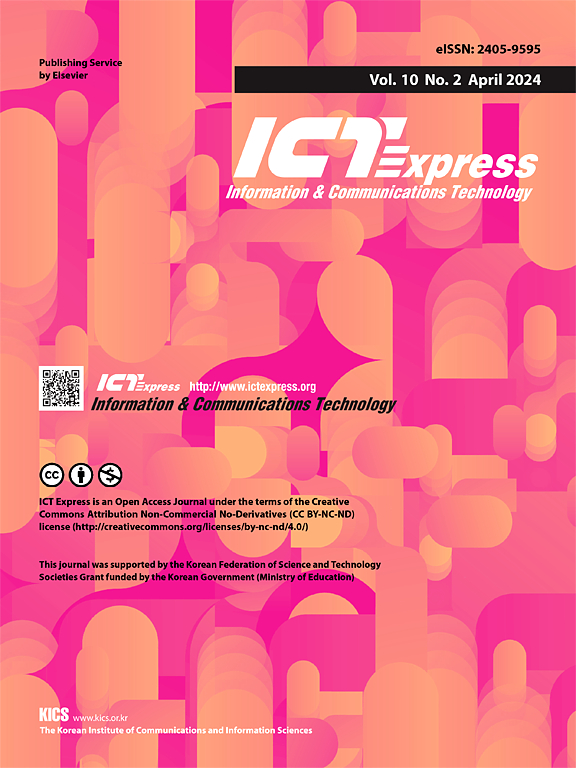Enhancing LEO direct-to-satellite channel modeling with the shadowing effect via K-distribution
IF 4.2
3区 计算机科学
Q1 COMPUTER SCIENCE, INFORMATION SYSTEMS
引用次数: 0
Abstract
Accurate channel modeling is crucial for optimizing direct-to-satellite Internet of things (DtS-IoT) communications via low Earth orbit (LEO) nanosatellites. Traditional channel models for land-mobile satellite systems often overlook the significant impact of shadowing at low elevation angles, limiting their applicability to DtS-IoT scenarios. This paper presents an enhanced finite-state Markov channel with two-sectors (FSMC-TS) model that integrates shadowing effects into the bad sector (B-Sector) by using the K-distribution for modeling. This enhancement captures the combined effects of multipath fading and shadowing, providing a more accurate representation of the channel conditions experienced in DtS-IoT applications. Simulation results show that the enhanced model aligns closely with analytical bit error rate (BER) predictions, particularly at higher signal-to-noise ratios (SNRs), with less than 1% deviation from theoretical values. The Enhanced FSMC-TS model offers a valuable tool for reliable DtS-IoT communication systems, addressing a critical gap in existing channel modeling approaches.
基于k分布的阴影效应增强LEO直星信道建模
精确的信道建模对于通过低地球轨道(LEO)纳米卫星优化直接到卫星的物联网(DtS-IoT)通信至关重要。陆地移动卫星系统的传统信道模型往往忽略了低仰角阴影的重大影响,限制了它们对DtS-IoT场景的适用性。本文提出了一种增强的两扇区有限状态马尔可夫信道(FSMC-TS)模型,该模型利用k分布建模,将阴影效应集成到坏扇区(b扇区)中。这种增强捕获了多径衰落和阴影的综合影响,为DtS-IoT应用中经历的信道条件提供了更准确的表示。仿真结果表明,增强模型与分析误码率(BER)预测非常接近,特别是在较高的信噪比(SNRs)下,与理论值的偏差小于1%。增强型FSMC-TS模型为可靠的DtS-IoT通信系统提供了有价值的工具,解决了现有信道建模方法中的关键空白。
本文章由计算机程序翻译,如有差异,请以英文原文为准。
求助全文
约1分钟内获得全文
求助全文
来源期刊

ICT Express
Multiple-
CiteScore
10.20
自引率
1.90%
发文量
167
审稿时长
35 weeks
期刊介绍:
The ICT Express journal published by the Korean Institute of Communications and Information Sciences (KICS) is an international, peer-reviewed research publication covering all aspects of information and communication technology. The journal aims to publish research that helps advance the theoretical and practical understanding of ICT convergence, platform technologies, communication networks, and device technologies. The technology advancement in information and communication technology (ICT) sector enables portable devices to be always connected while supporting high data rate, resulting in the recent popularity of smartphones that have a considerable impact in economic and social development.
 求助内容:
求助内容: 应助结果提醒方式:
应助结果提醒方式:


